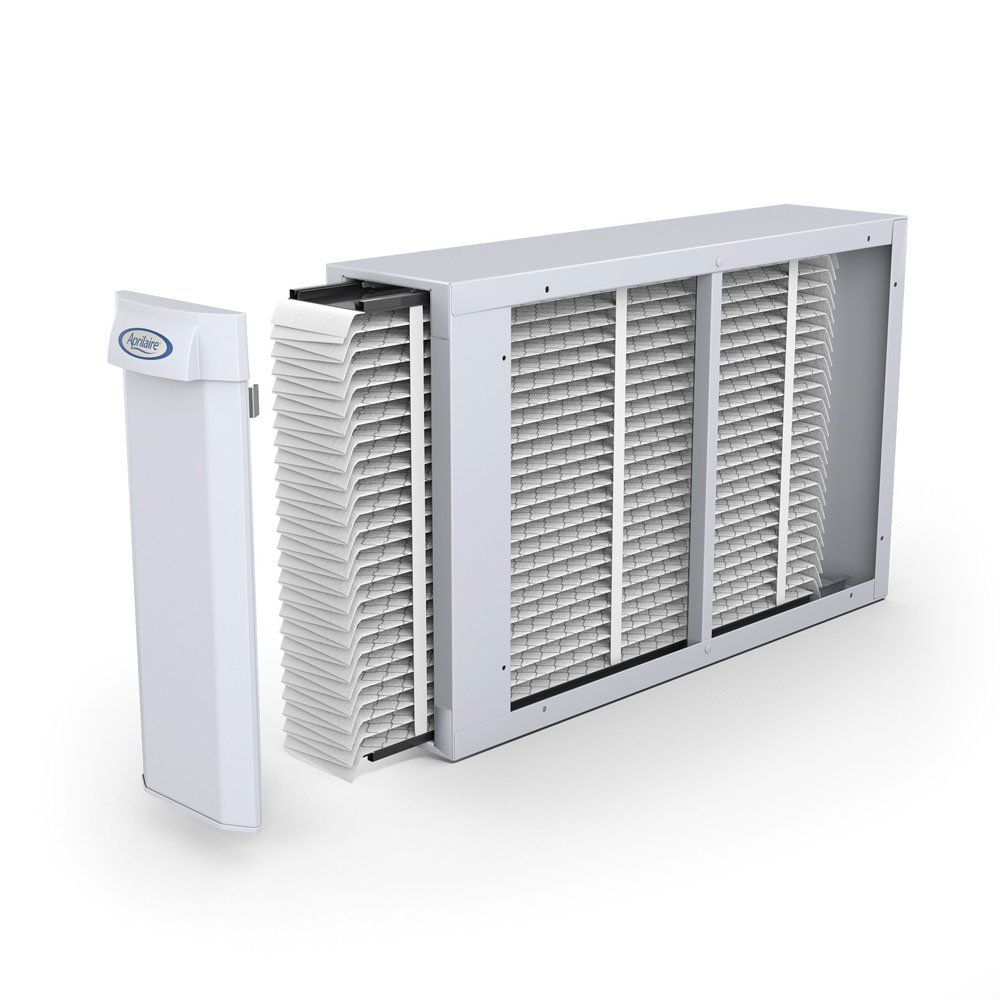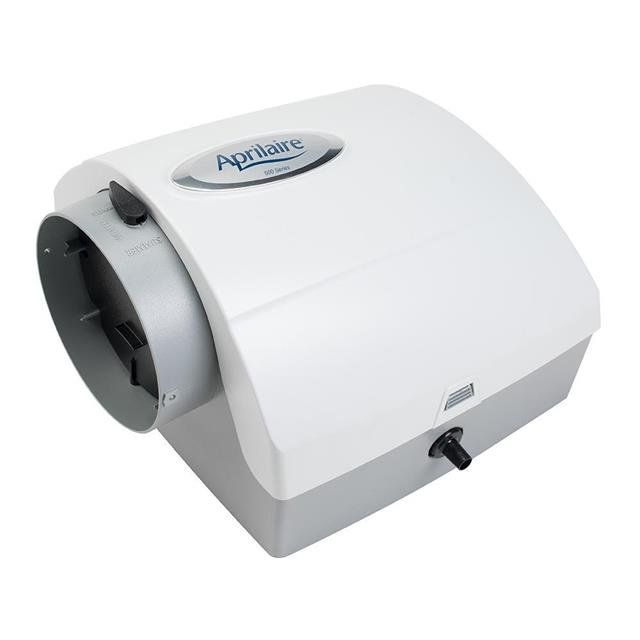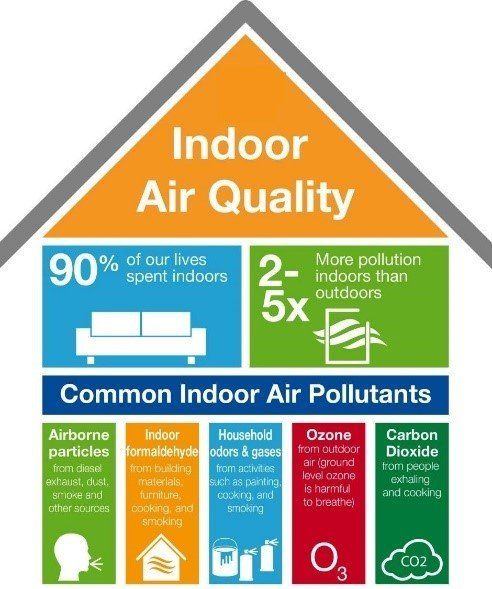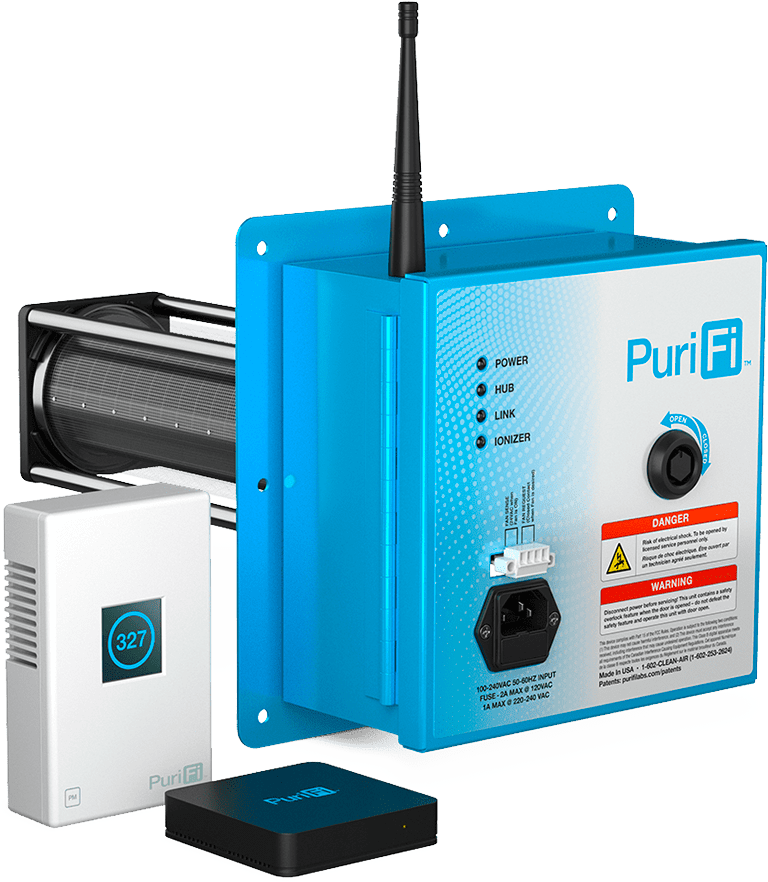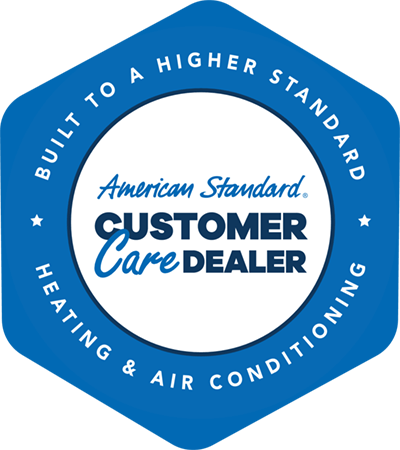Did you know that the air inside your home can be up to 5x more polluted than the air outdoors? It’s crucial that you use a ventilation system to dilute stagnant indoor air and help eliminate viruses and other contaminants.
When you and your family spend more time at home, be confident the air you breathe keeps your family healthy.


